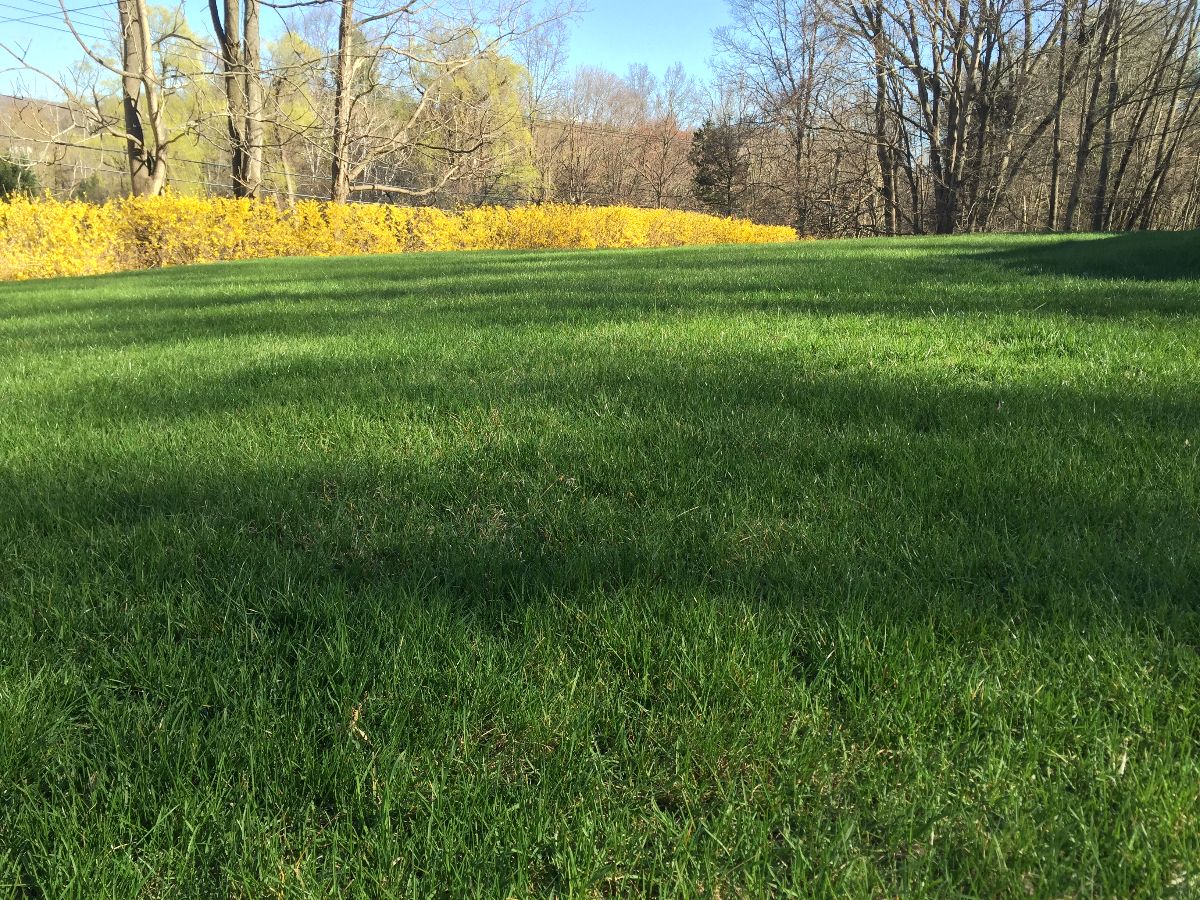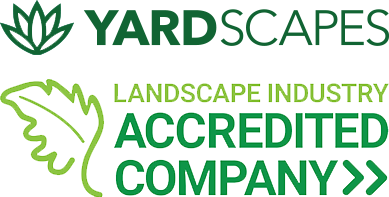My father-in-law is an old-school kind of guy. In spite my best efforts to resuscitate his lawn each year, he goes rogue. He’s a classic “weed & feed.” On our first 50-degree day a few weeks back, he asked me if he could get to seeding. And fertilizing. And liming.
It’s spring; the warm weather inspires us, and we just want to get out there and treat our lawns. But we must be patient. Timing is critical to developing a healthy lawn.
The breakdown:
First, a complete soil analysis will help identify any nutrient deficiencies or pH problems that may exist, determining how to best treat your lawn. In the absence of adjustments, our standard fertilization program is as follows:
MAY: Broadleaf Weed Control and Crabgrass Pre-emergent Application
Timing of this application is critical in suppressing crabgrass seed germination. Equally important is the eradication of weeds that may have invaded the lawn during the previous growing season. While we use pesticides in a curative role, experience has shown that this combination application is important to lawn quality.
JUNE: Organic Based Lawn Fertilizer Application
A controlled-release organic based fertilizer applied in June will continue to feed your lawn for three months. A fully organic product (100%) is available as well.
JULY / OCTOBER: Lawn Inspection
We inspect for insects and disease. After notification and following your approval, necessary corrective action is taken.
AUGUST: Lawn Aeration
One of the most important maintenance practices we can employ to help maintain the health of your lawn. Aeration will prevent a number of problems, including compaction and thatch build-up. It opens passageways in the soil, allowing better air, water, and nutrient movement. During drought conditions, aeration helps water reach thirsty roots.
SEPTEMBER: Organic Based Lawn Fertilizer & Broadleaf Weed Control Application
The second (and most important) controlled-release organic based fertilizer application is performed helping your lawn to recover from the stresses of the long hot summer. Treatment for broadleaf weeds that may have developed during the summer occurs at this time.
PEST CONTROL Integrated Pest Management
IPM is “a process consisting of the balanced use of cultural, biological, and chemical procedures that are environmentally feasible, and socially acceptable to reduce pest populations to tolerable levels.”
Knowledge of both pests and plants—and the monitoring of each—is critical to landscape health. Proper management practices (fertilizing, mowing, watering, and aeration) greatly reduce pest problems. In accordance with our IPM approach, pesticides are used only when insect and disease levels reach intolerable levels. Early intervention allows for fewer pesticides and reduces our impact on the environment.
-Shayne


